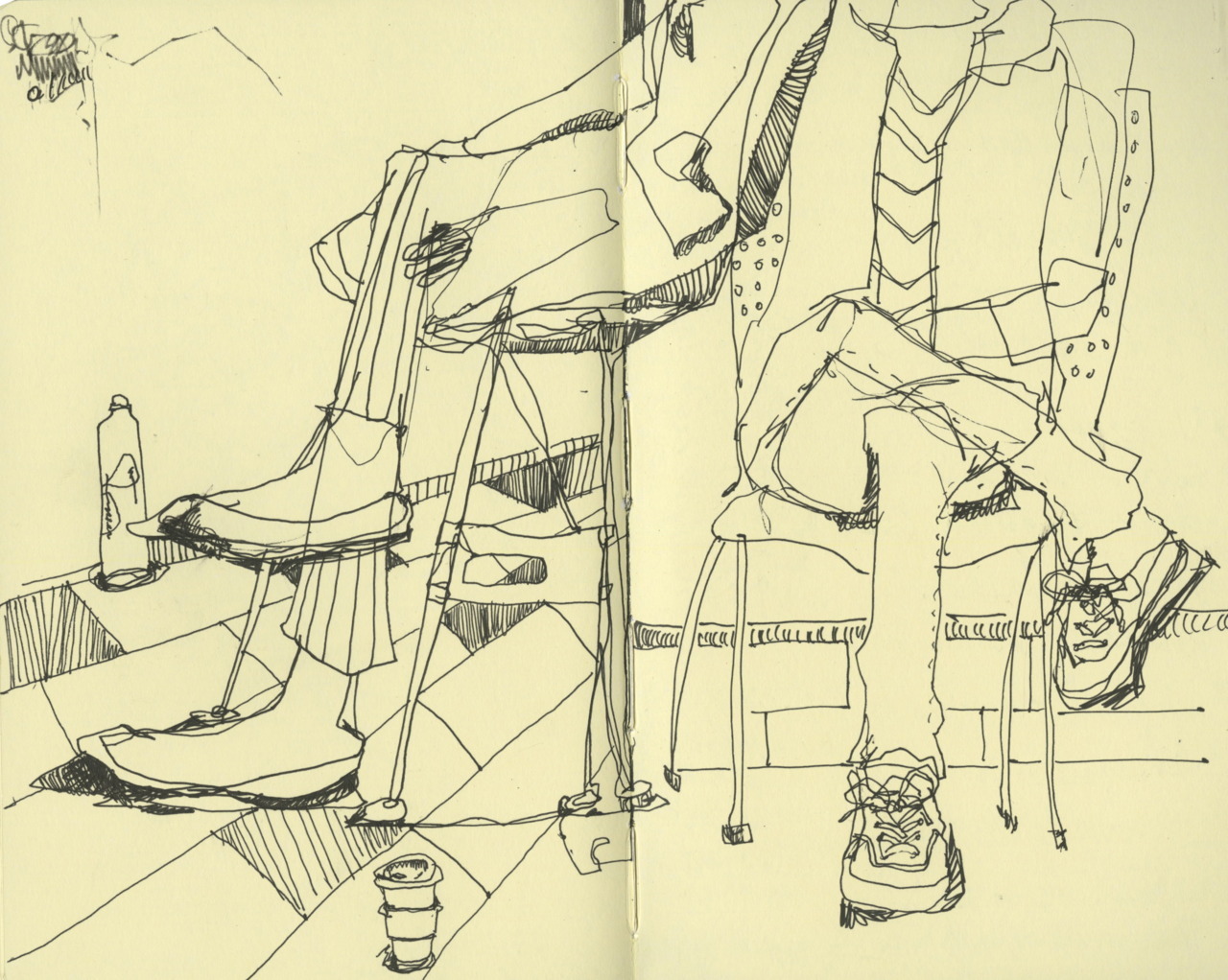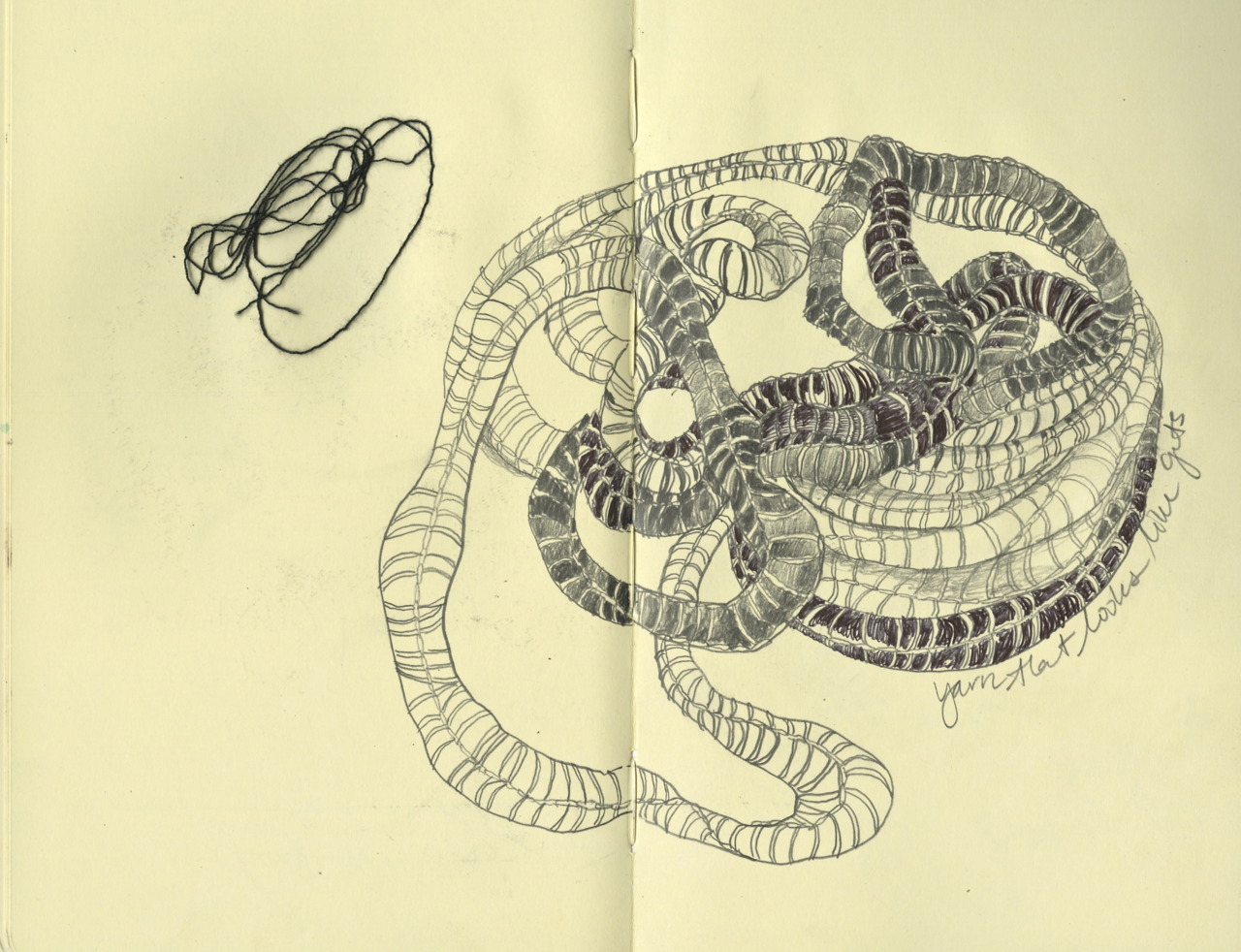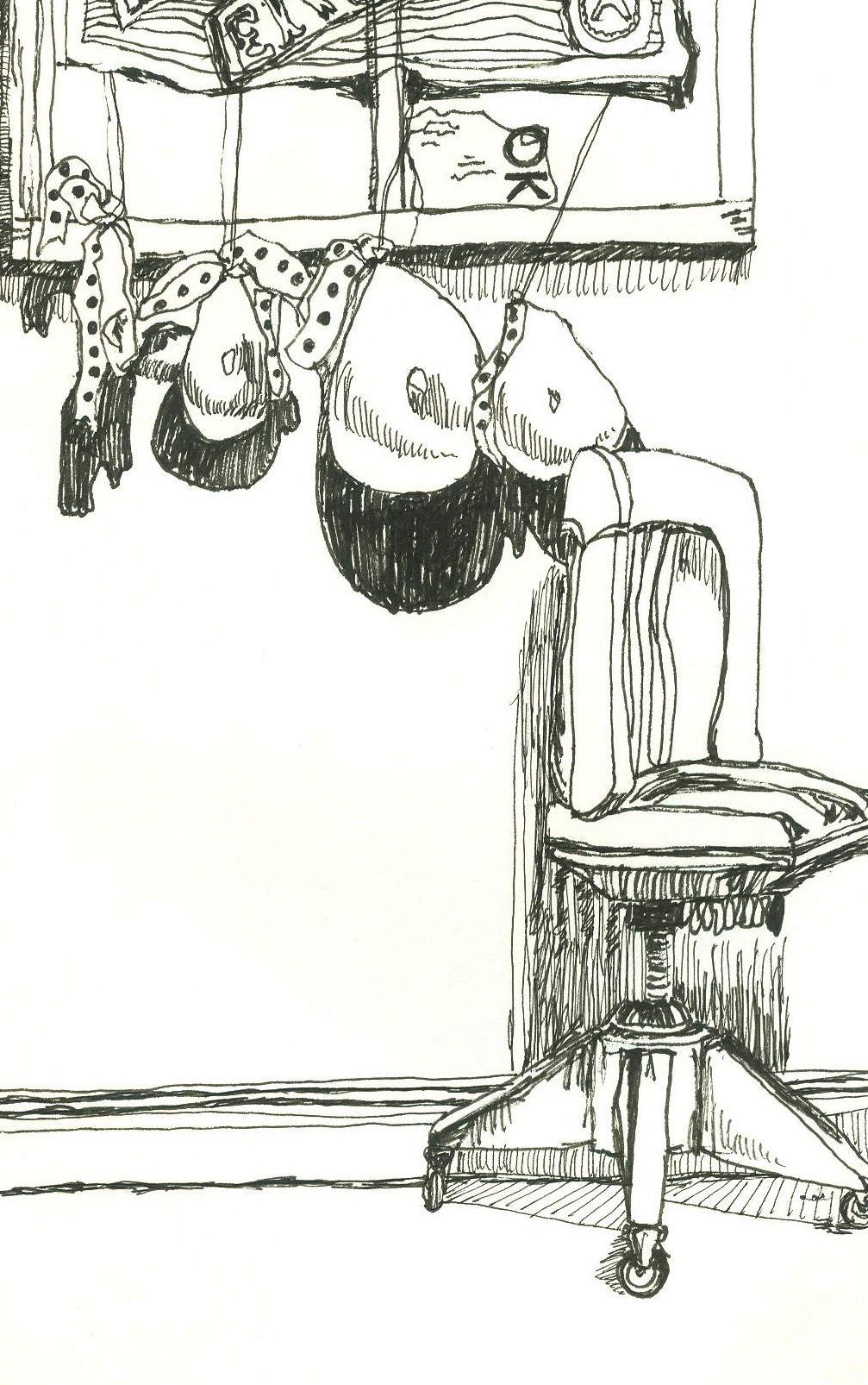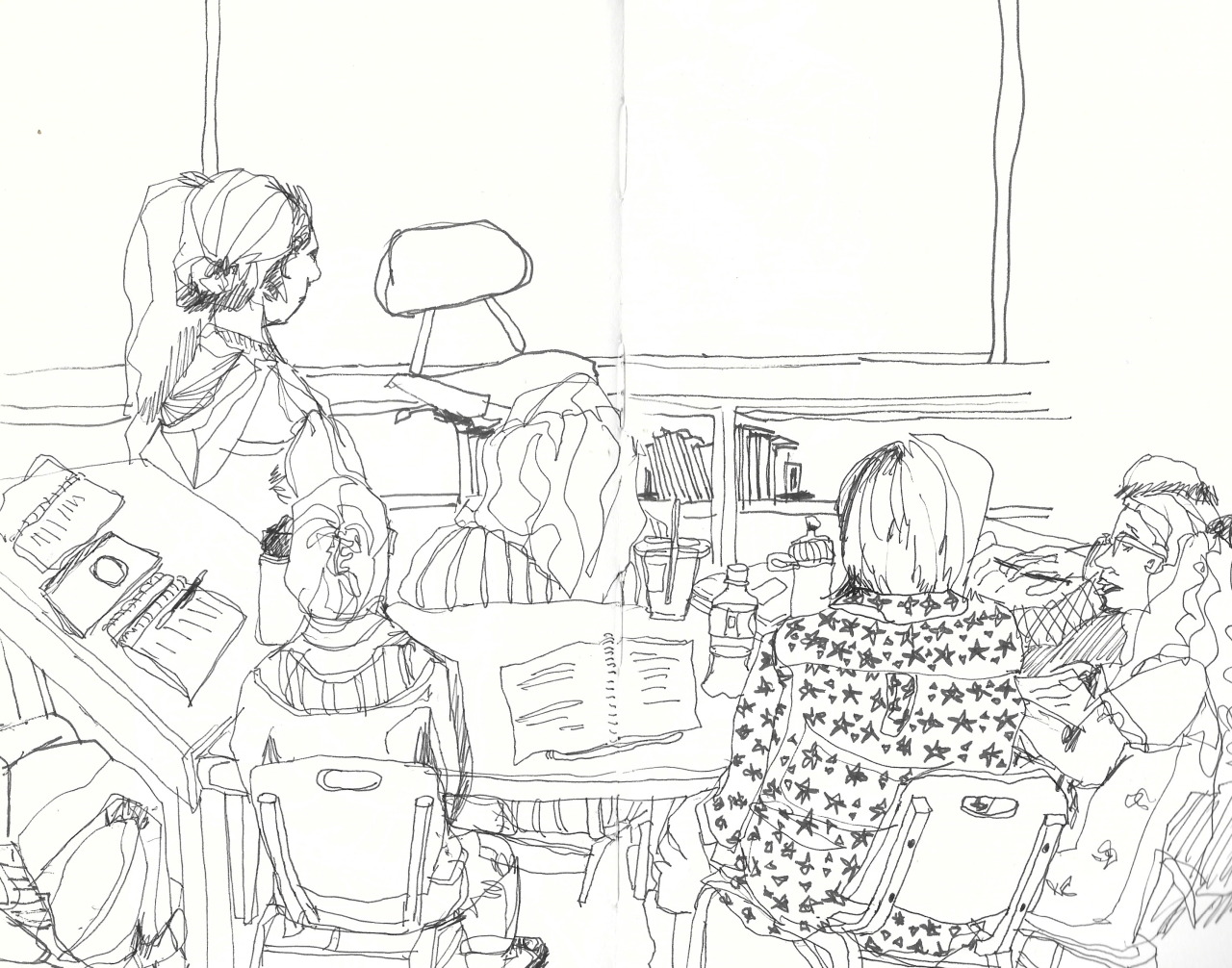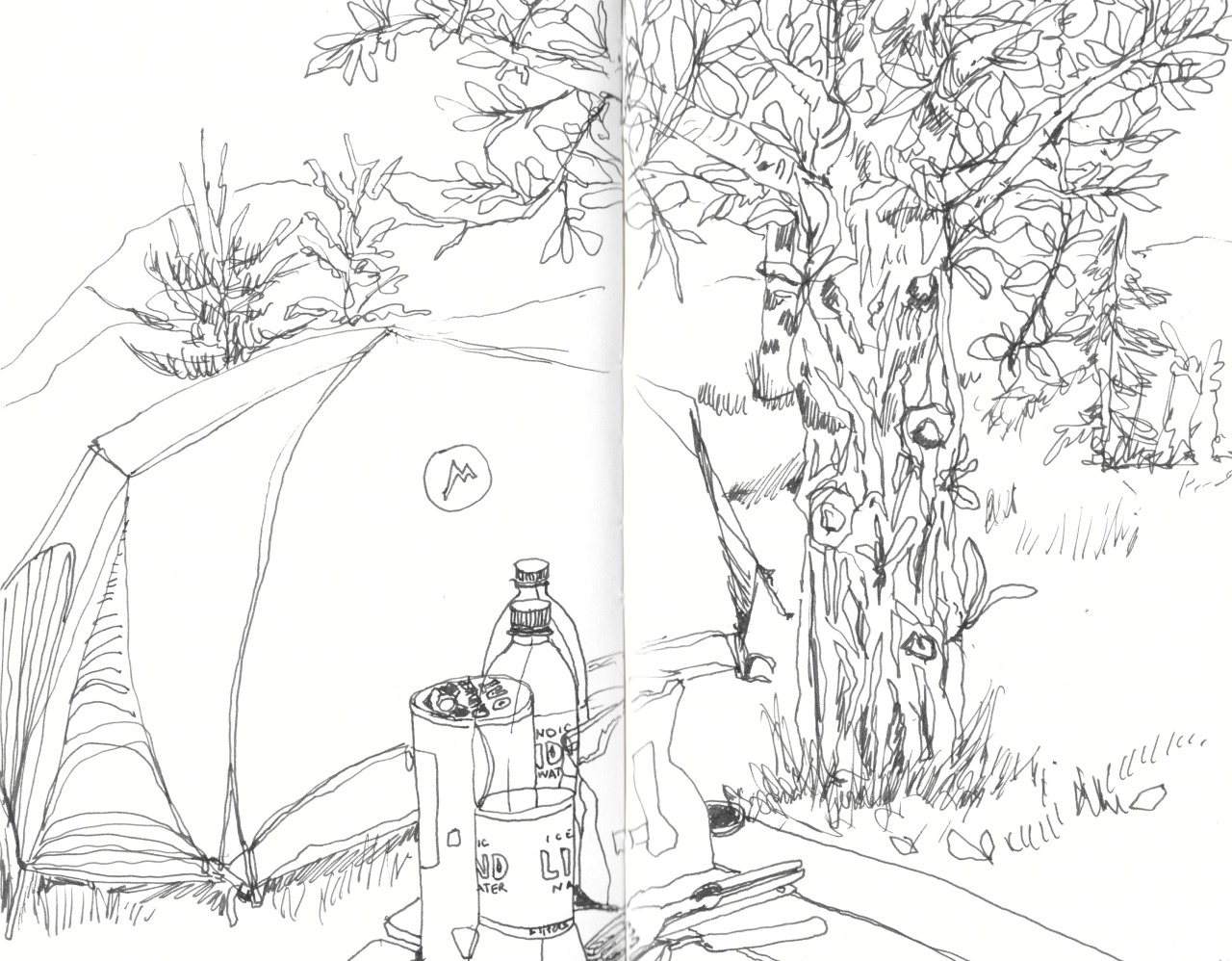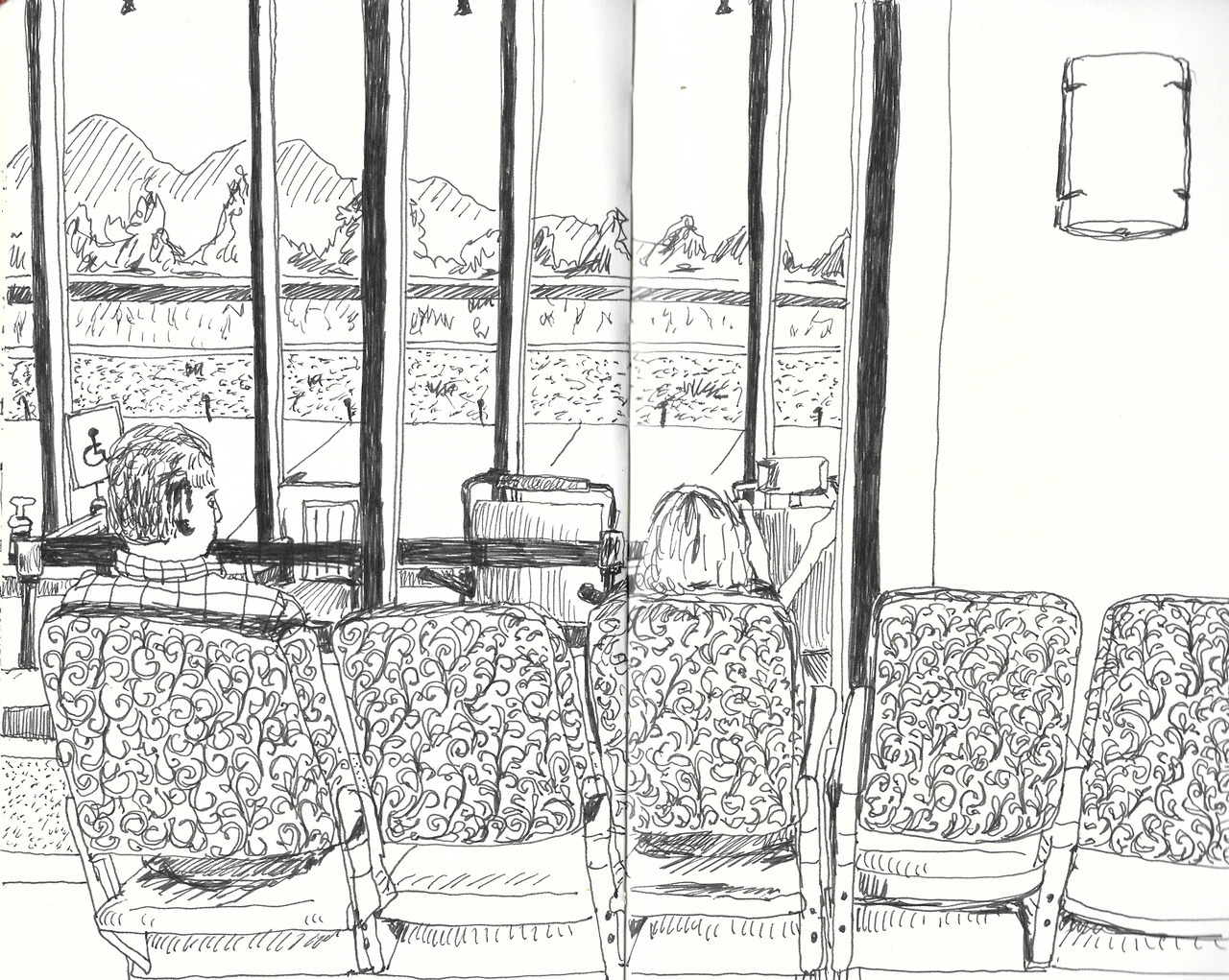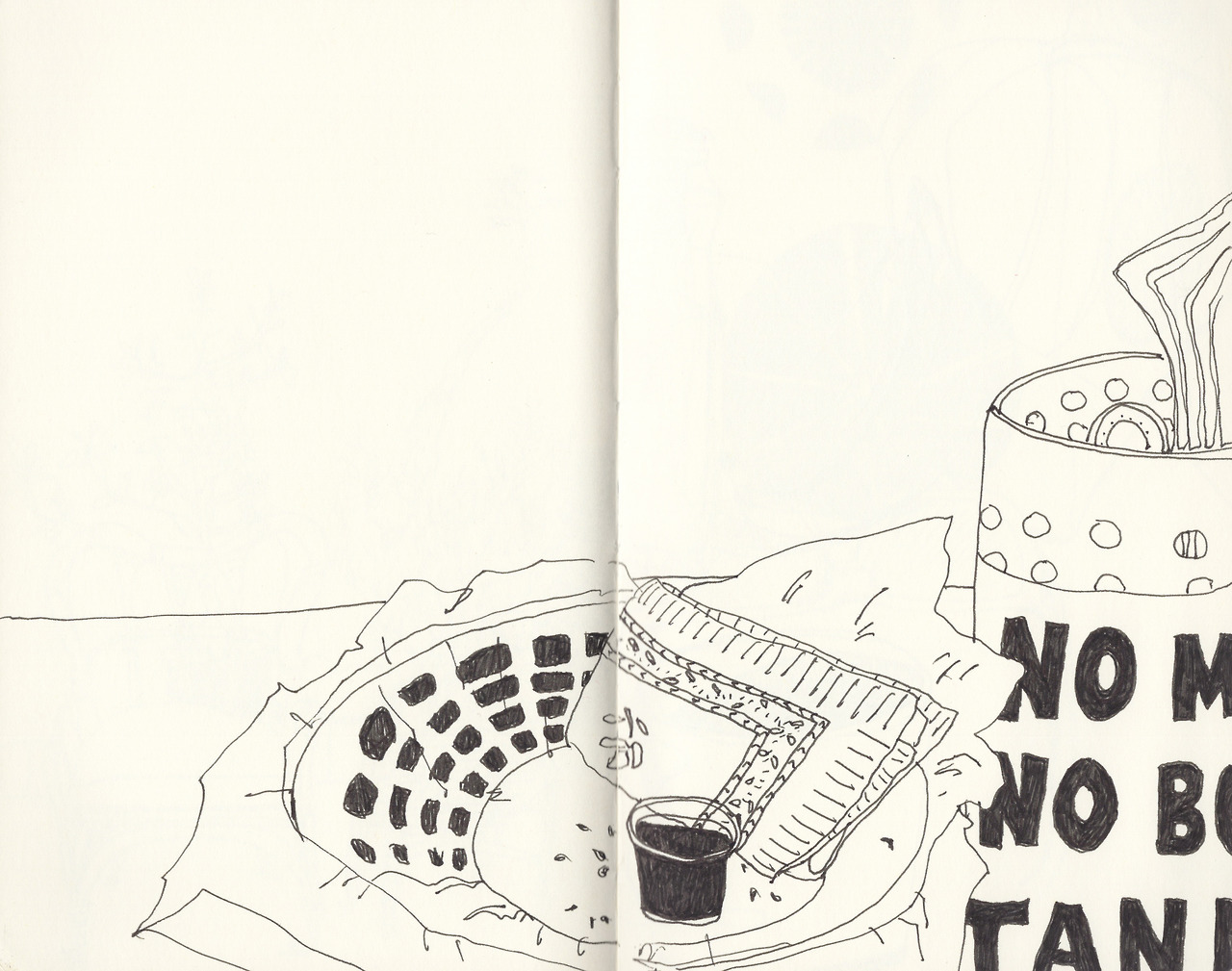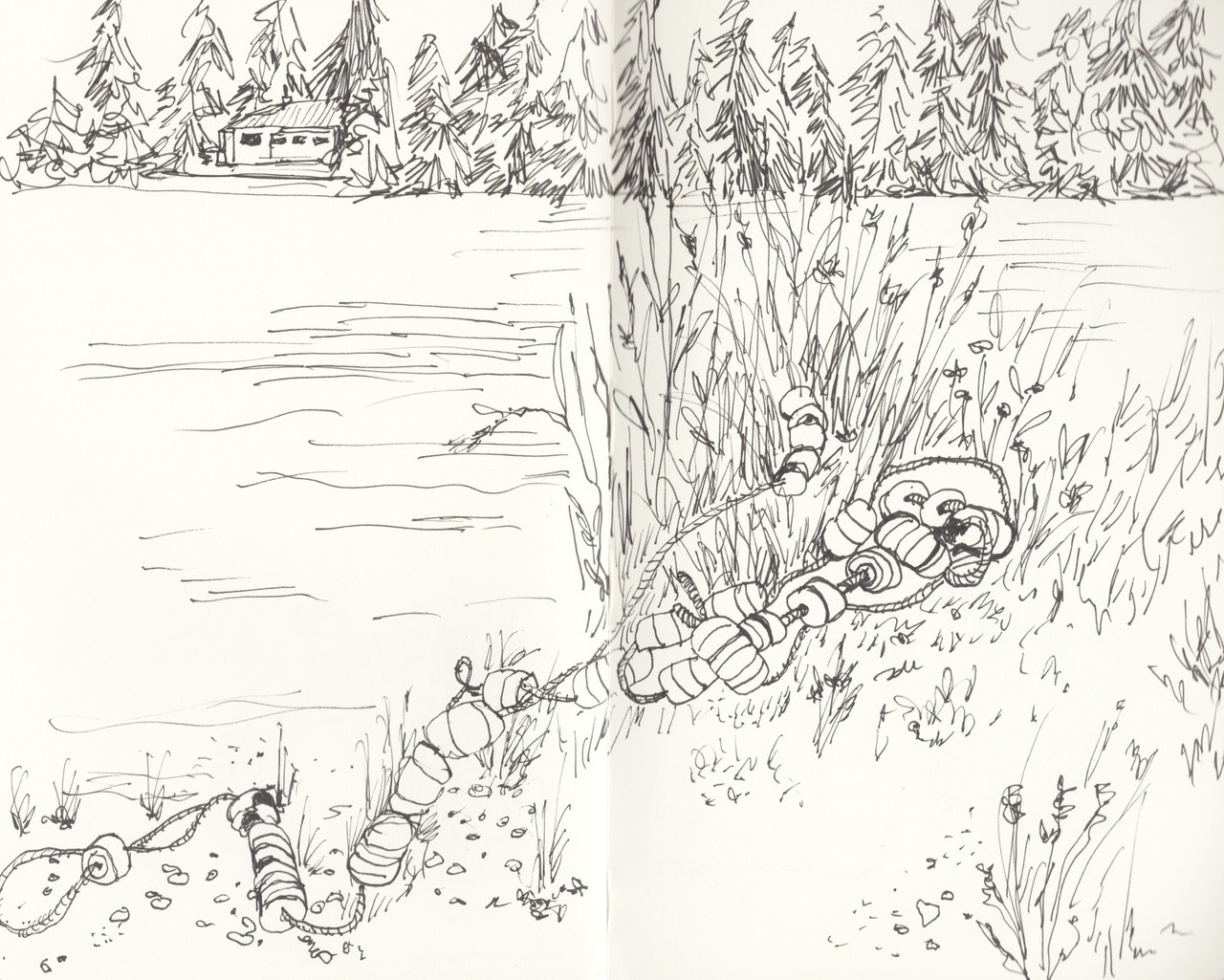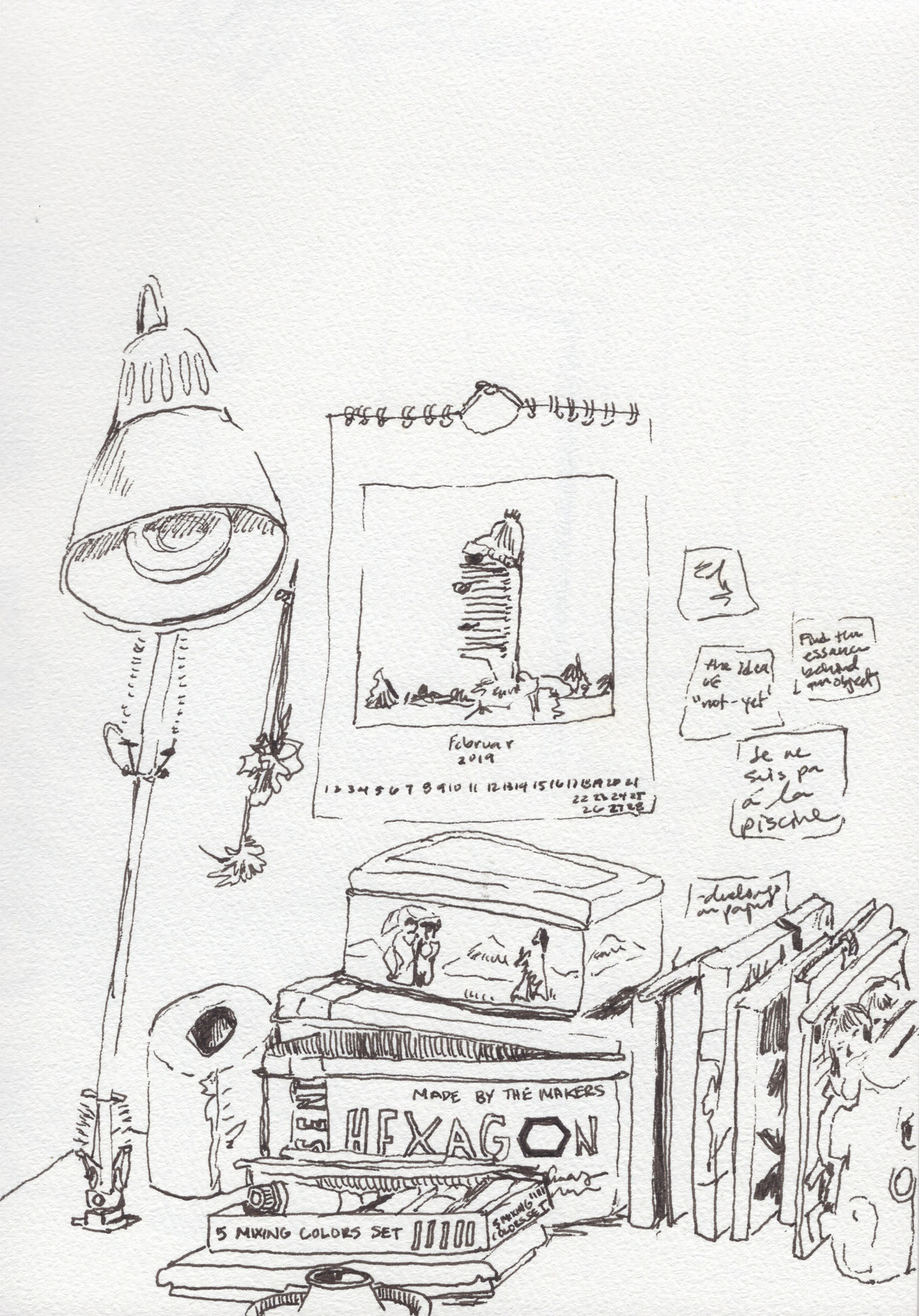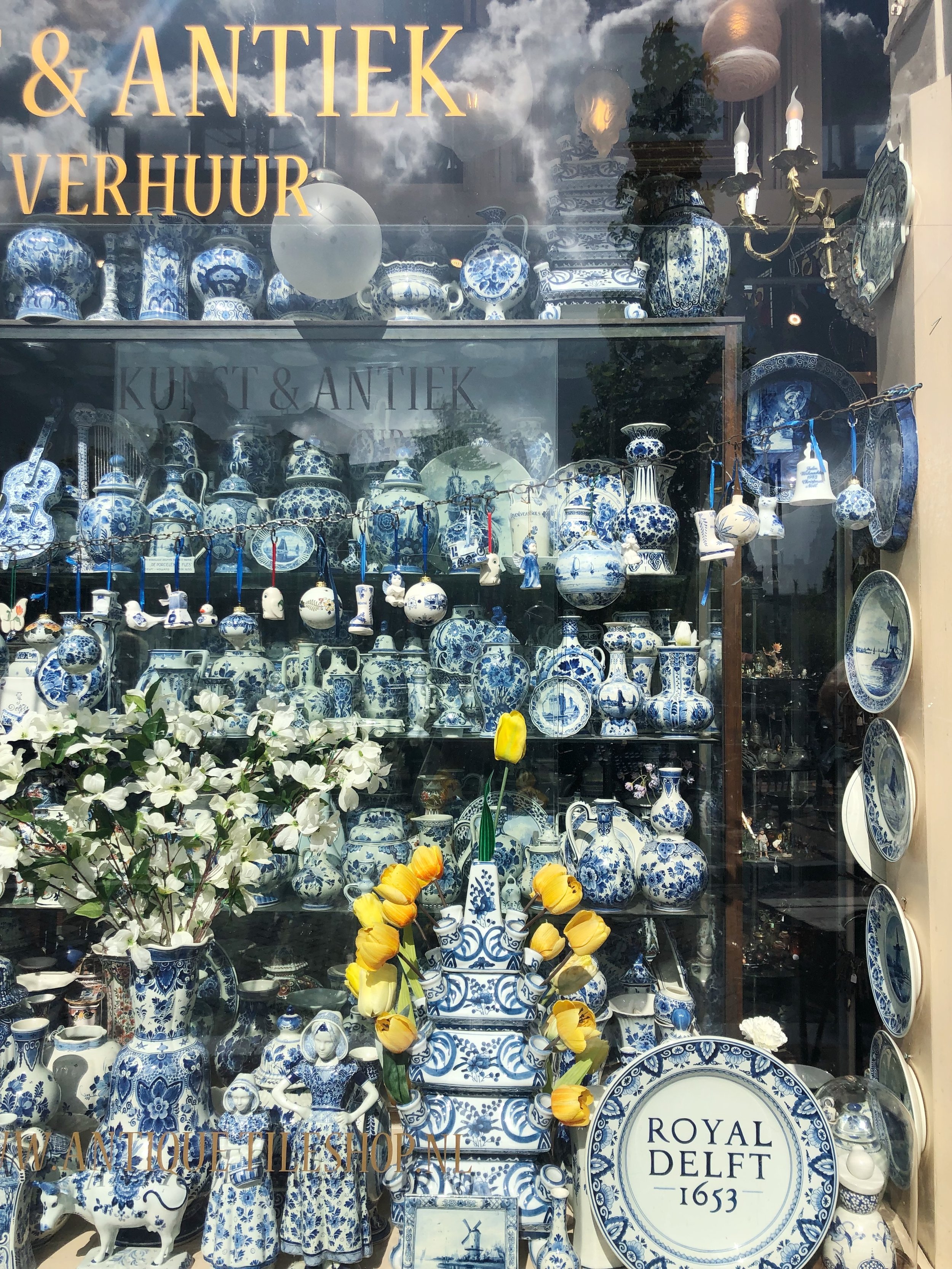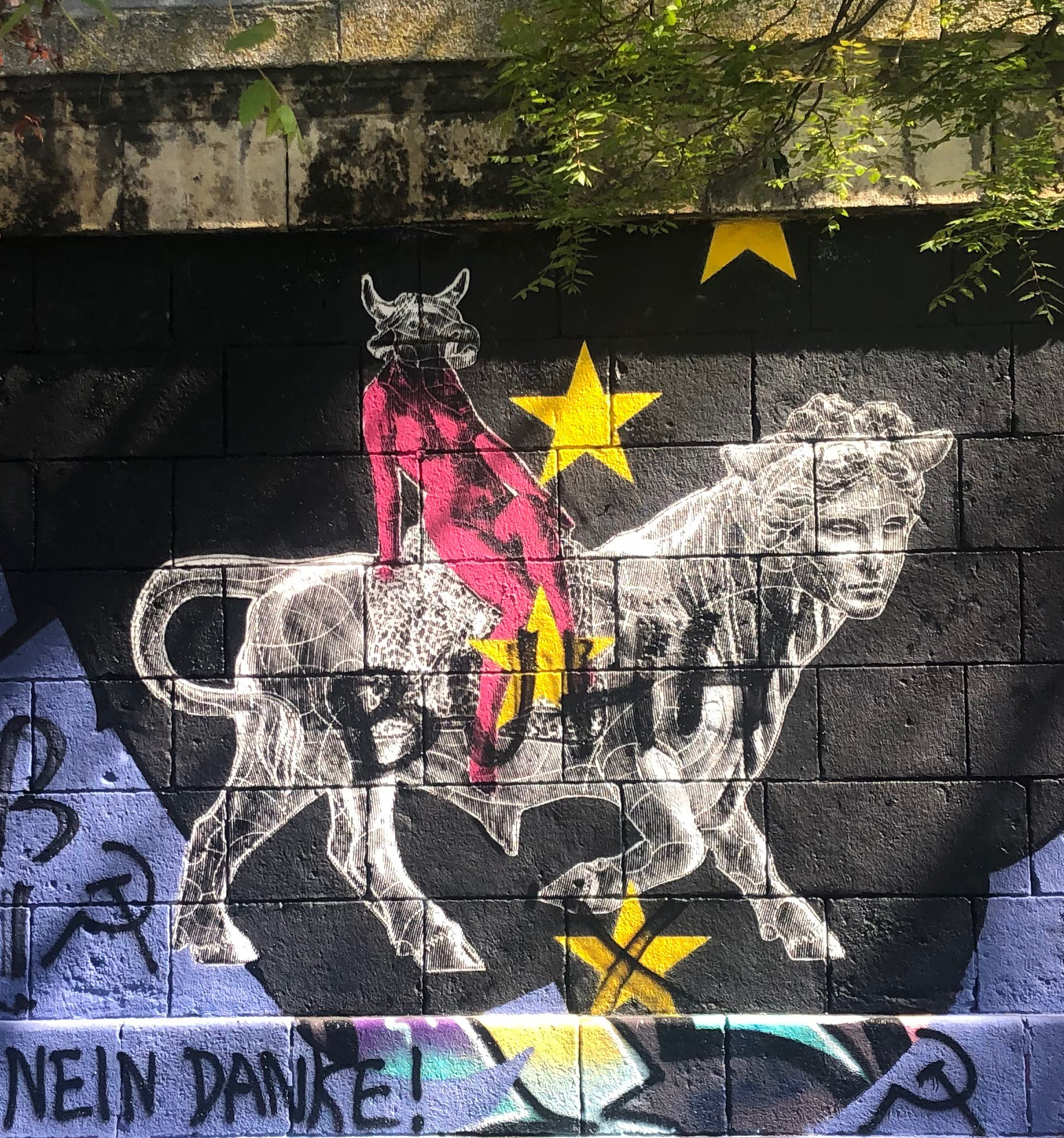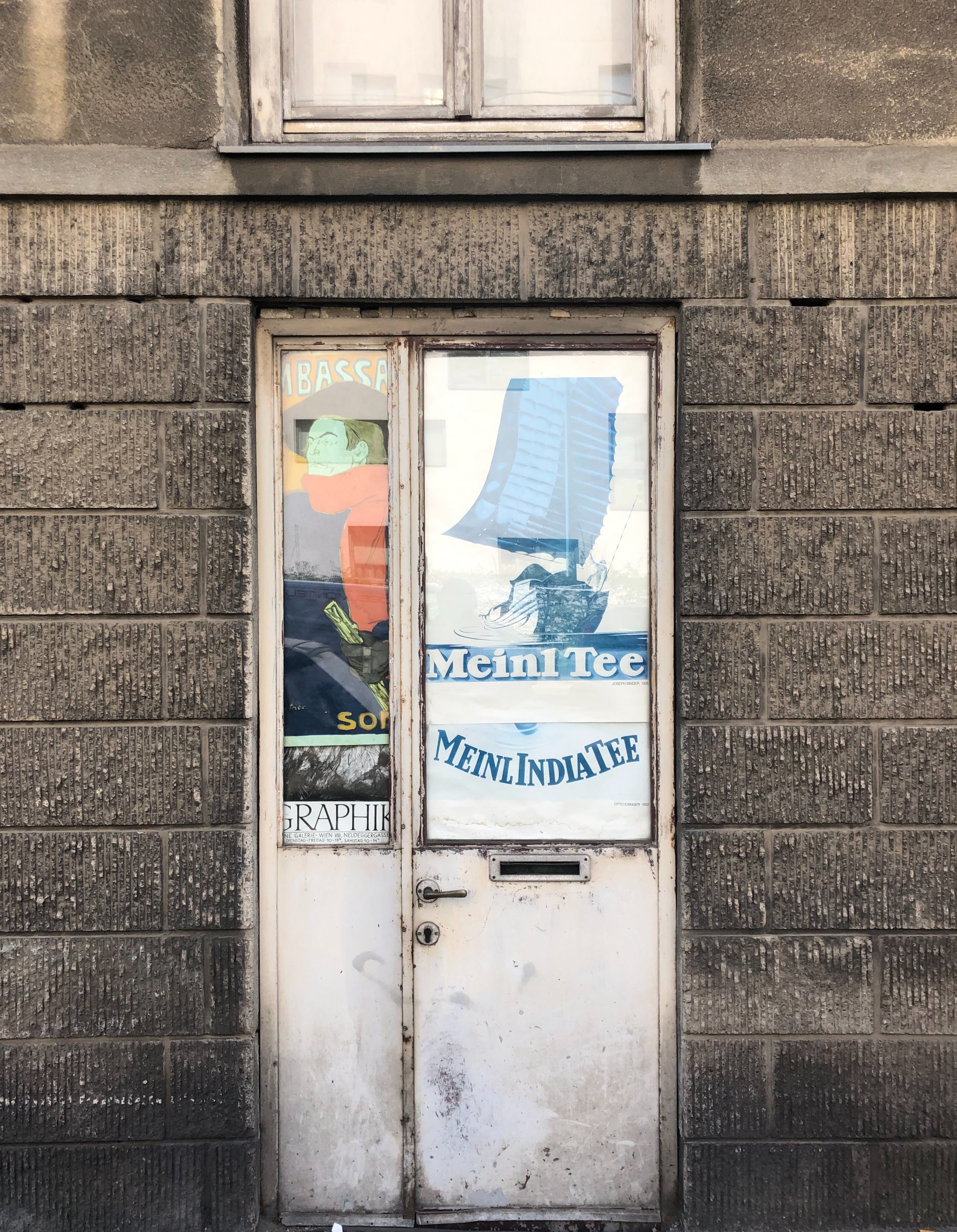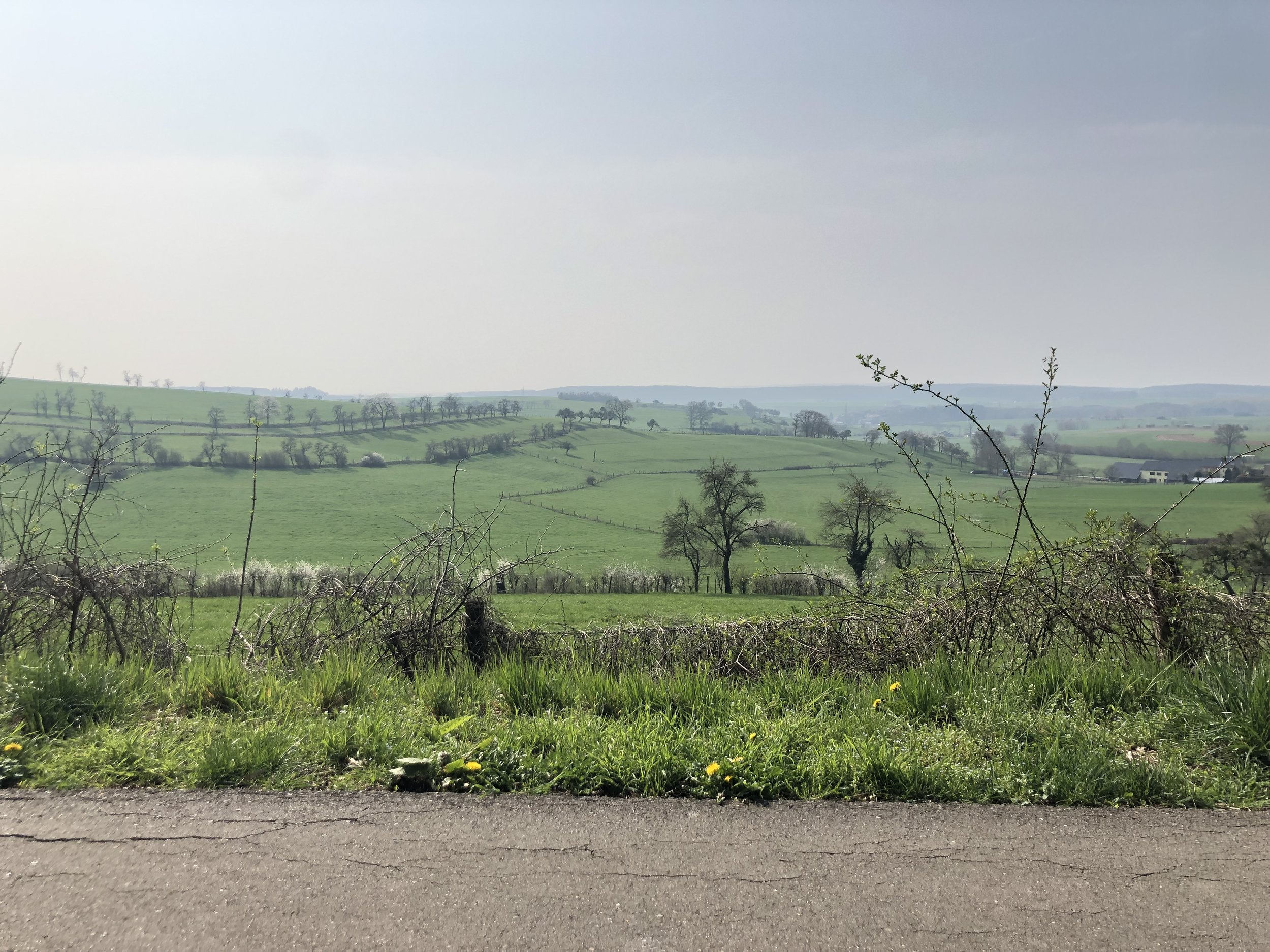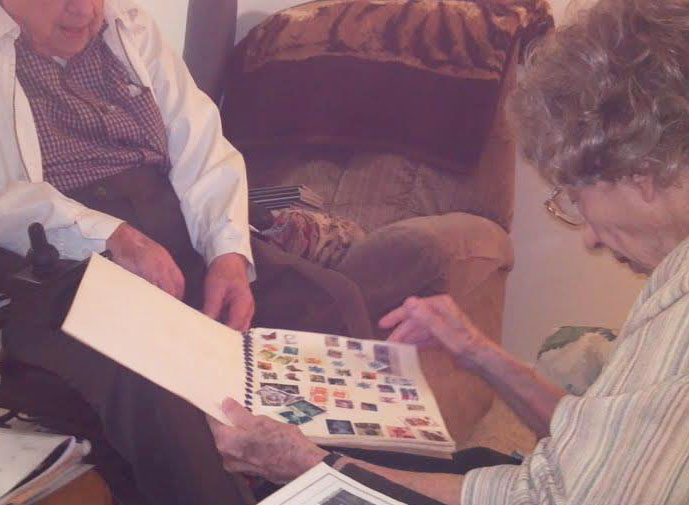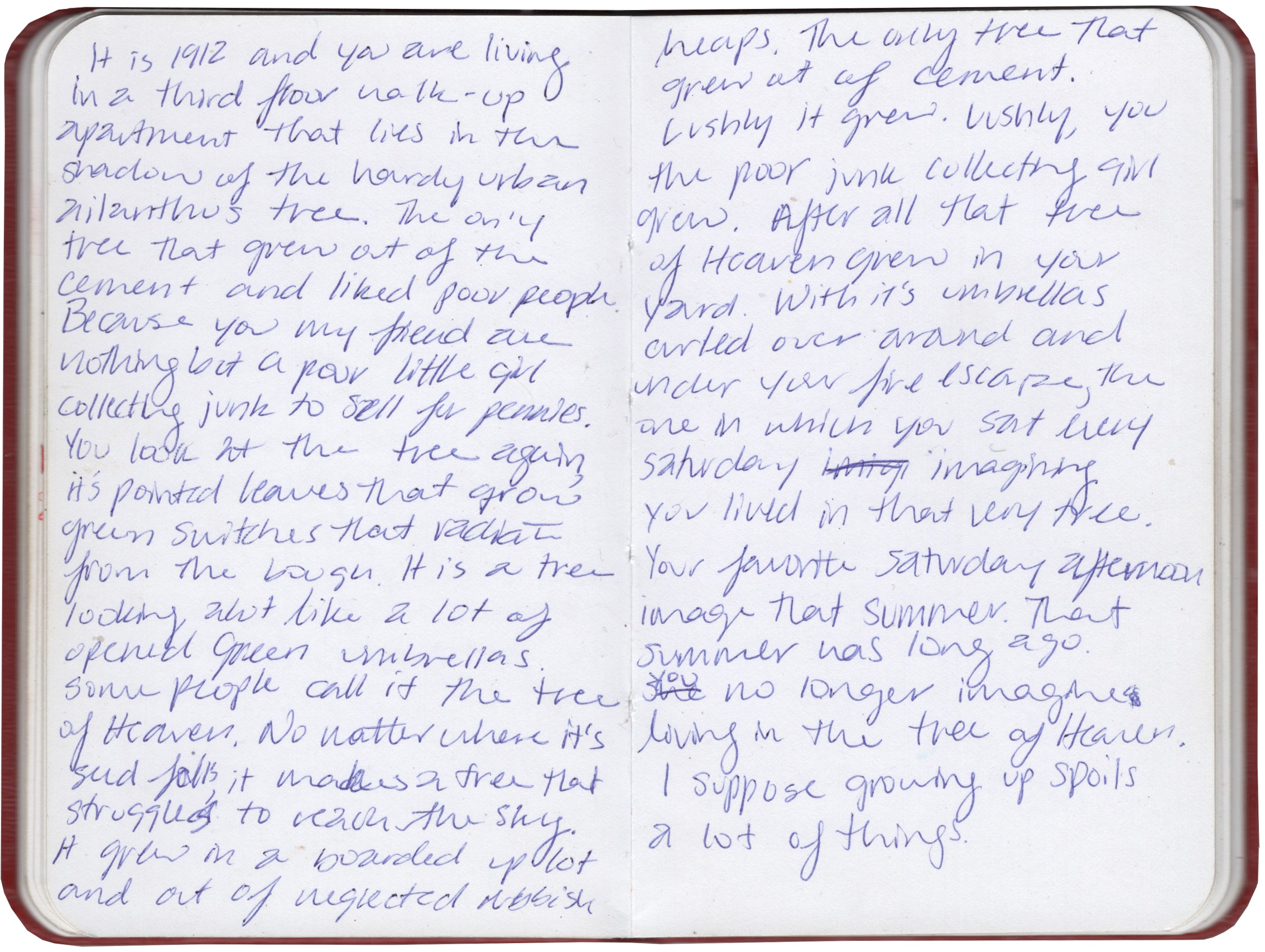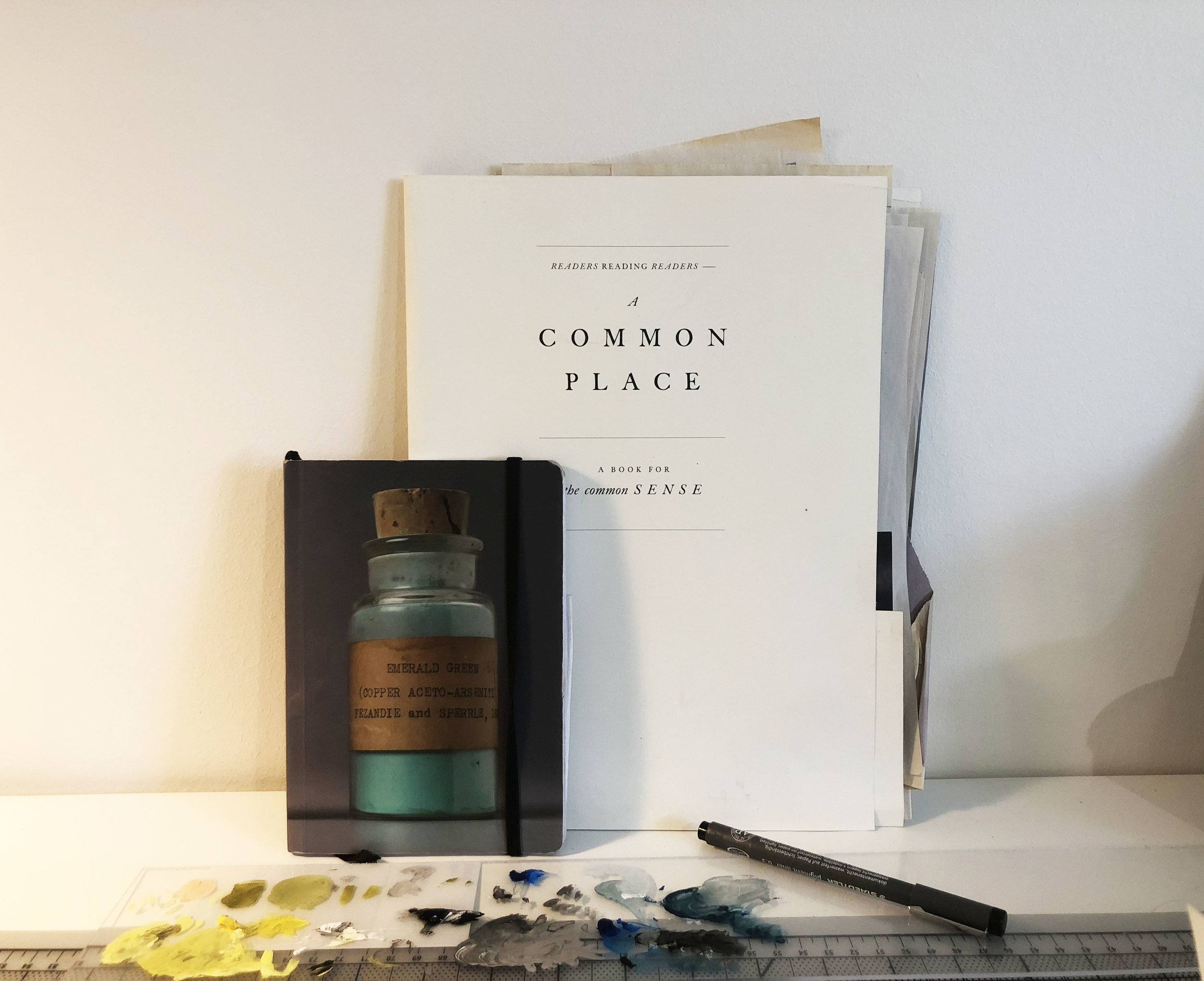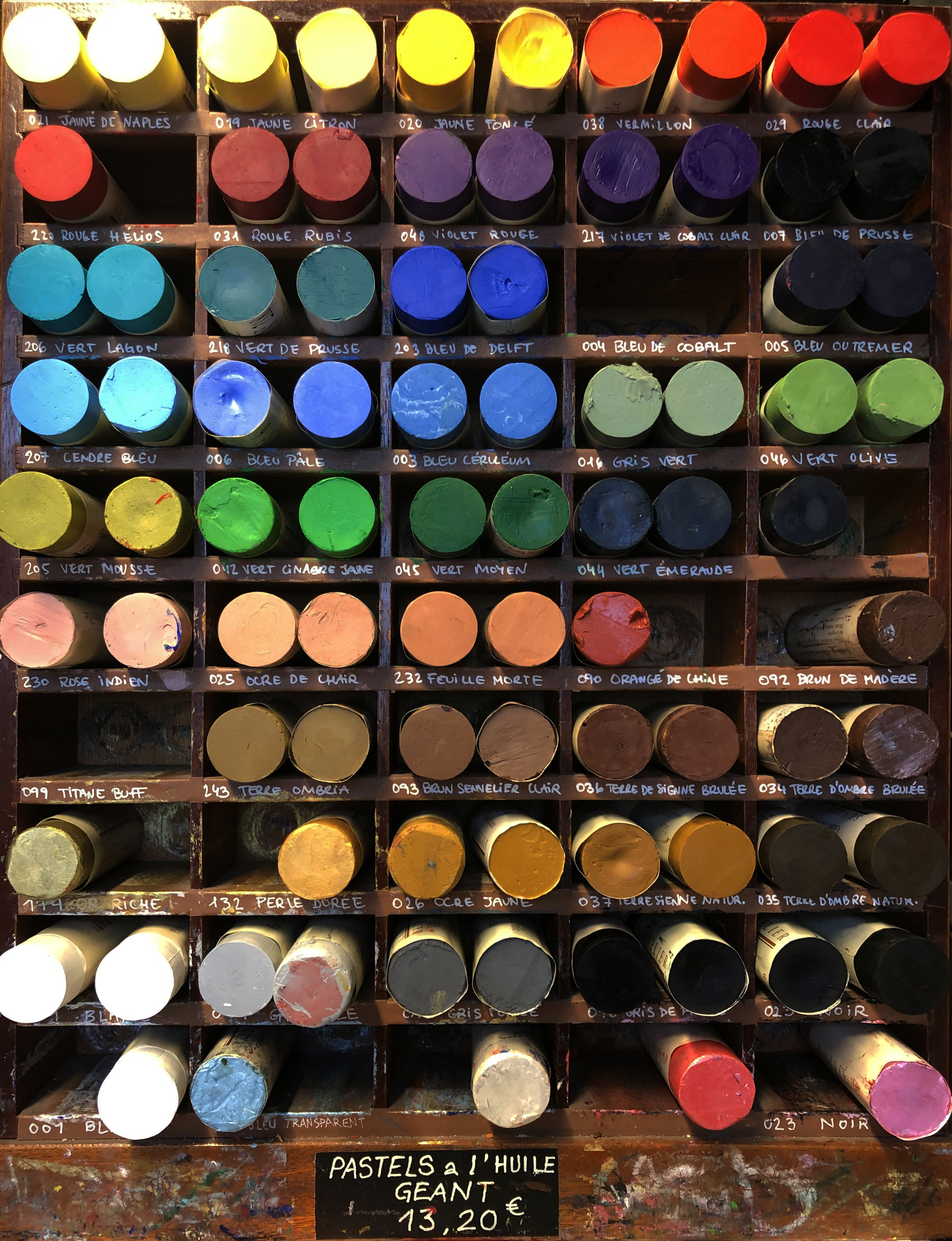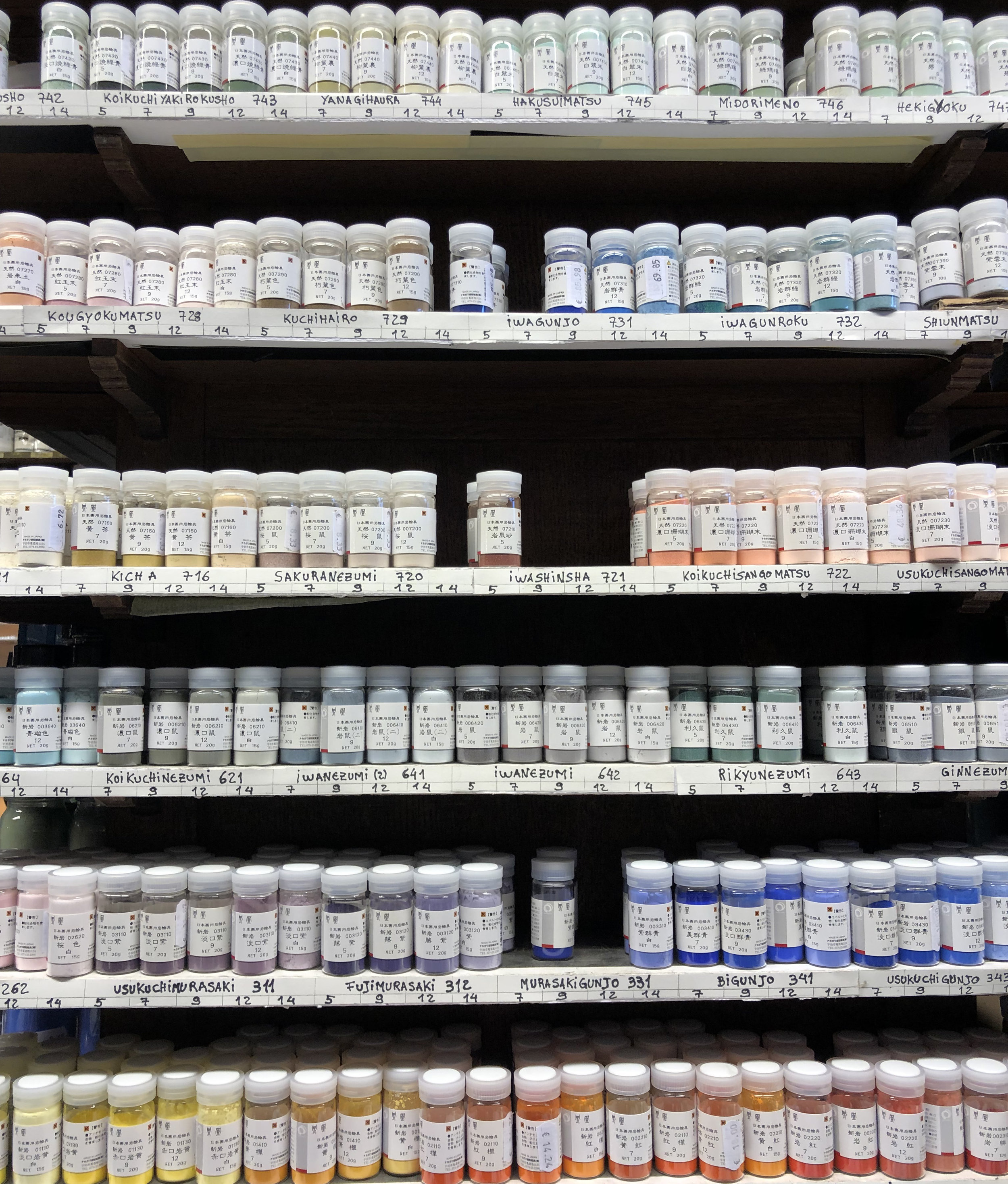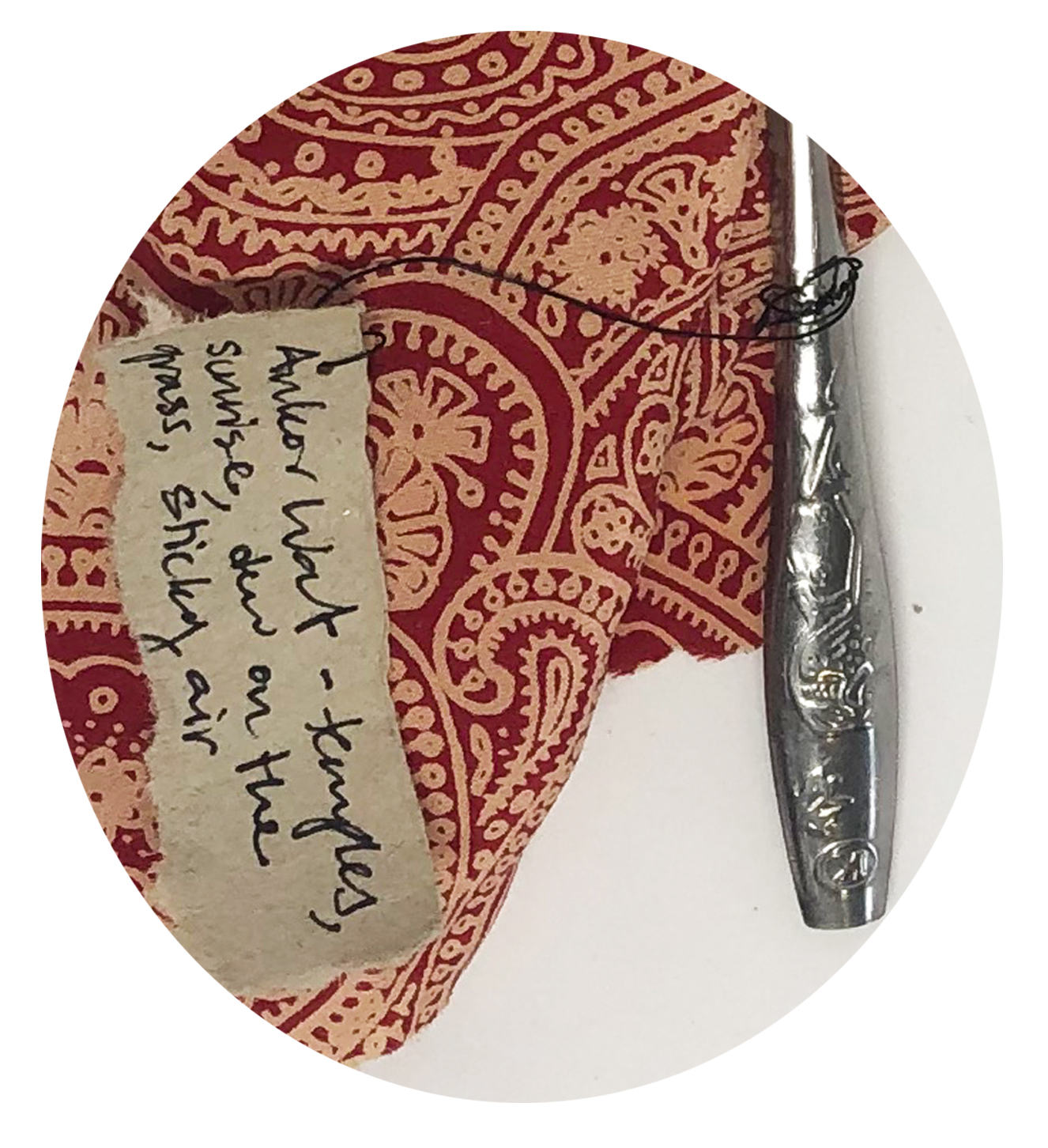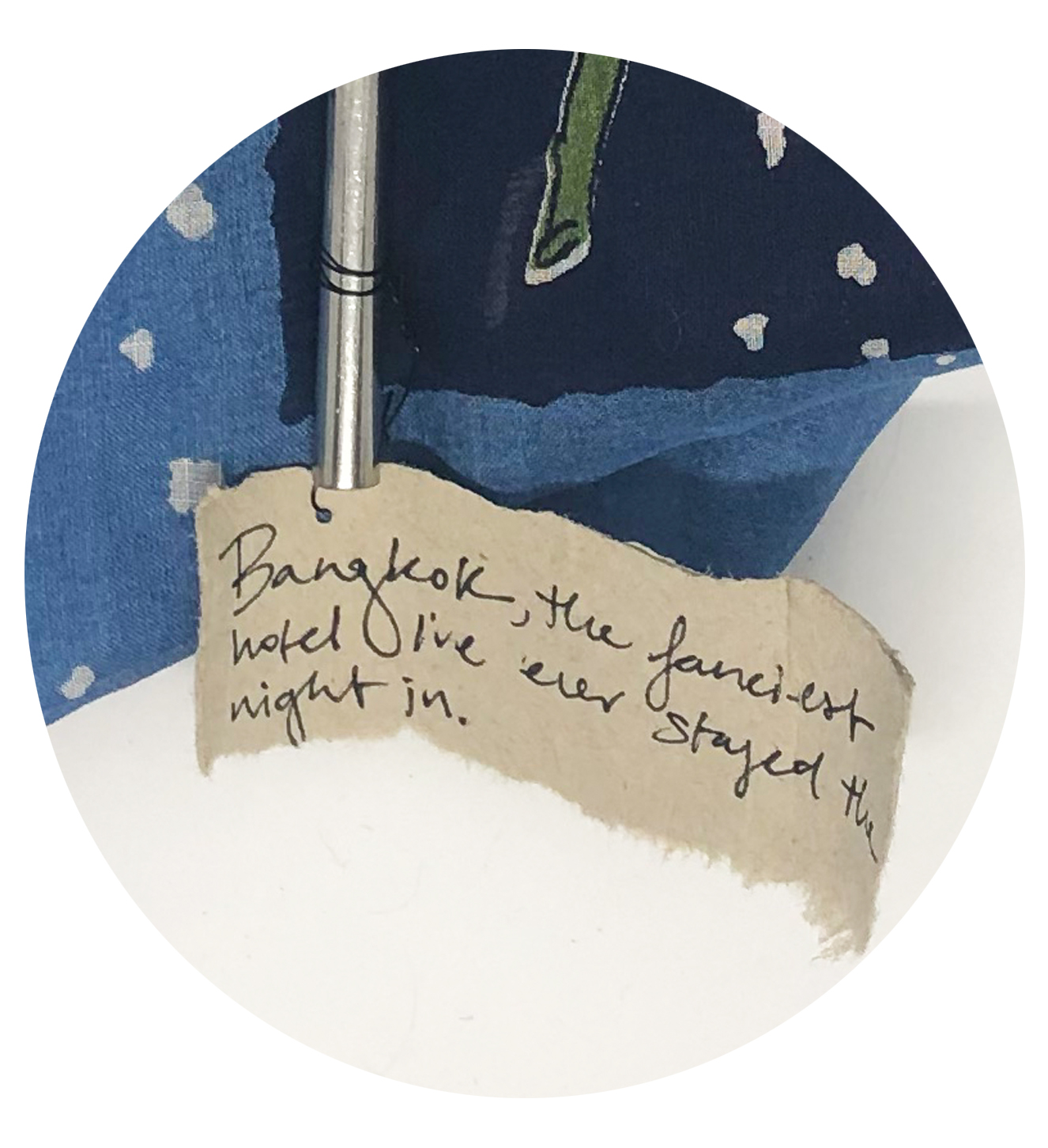One of my favorite prompts for a 1st grade portrait project is, “What do you want to be when you grow up?” That year there were the doctors, the Olympians, a few teachers and singers and one very specific McDonald’s cashier. I also suspect a possible bank robber?
Student work from a first grade lesson I taught at Queen Anne Elementary in Seattle, WA.
The young me always had trouble with this prompt. I rushed through several careers, including famous ballerina, before landing on writer. As a shy little girl with awkward feet, writing was my way of having a voice. I was going to be a writer when I grew up.
A page from my sketchbook for the theme “Fill Me With Stories”
Yet, it became too risky after my privacy had been invaded on more than one occasion. It wasn’t a safe space anymore. I was recording details that were being read without my permission.
Obviously to be a writer you need to be able to publish works intended to be read by other people. I just wasn’t there yet. The young me privately gave up on my writing career before I gave myself the chance.
A page from my sketchbook for the theme, “Fill Me With Stories”
Fast forward to 2011, when I traveled with my friend, Amber Bounds, founder of Little King Art, to Atlanta to visit the touring Sketchbook Project. The previous year we had submitted our own sketchbooks to be included in their touring library.
I created a sketchbook under the theme, “And then there was none,” dedicated to my best friend’s mom surviving breast cancer. As art majors at the time, this was an intriguing spin on participating in an exhibition.
Amber and I at the Atlanta 2011 Sketchbook Project Tour (photo of me courtesy of Amber Bounds)
The Sketchbook Project was founded in 2006 by Steven Peterman. Over the last thirteen years, this project has produced the largest collection of sketchbooks in the world. The Brooklyn Art Library houses 45,000+ physical sketchbooks created and submitted by artists in 101 different countries; while 20,000 of these sketchbooks are also cataloged in a digital library.
A collection of sketchbook pages from books I checked out at the Sketchbook Project Tour in Atlanta in 2011
There is something incredibly enticing about the ability to check out a stranger’s private sketchbook that they agreed to make public. It is a creative and safe space made available for all people to participate, the makers and the readers.
Atlanta 2011 Sketchbook Tour
Shortly after this trip, my dedication to my own collection of sketchbooks began. The experience of physically holding and poring over page after page of inspiration, from a myriad of people from all over the world, lit a fire in me that even to this day has not extinguished.
Over the last eight years, I have consistently carried a moleskin with me everywhere I go. What began as a practice to broaden my drawing abilities became a new way for me to write my own visual story.
Drawing accompanied me on travels to faraway places both physically and mentally. It helped me cope in hospital waiting rooms.
It became a replacement for the words, I was afraid to admit to paper. My drawings and the occasional collage, depicted my experiences and surroundings through line and color blocking. They traced the airports that I had to sleep in when a flight was canceled and became placeholders for rejected scraps found on my classroom floor.
I found drawing meditative, especially for meetings. Free figure drawing sessions coupled with improving my ability to concentrate. It was my respectful way of releasing negativity or uncomfortable emotions rather than saying them out loud at an inappropriate time.
When I felt unbelievably busy, barely able to keep my head above water, I used any and all “awkward-in-between-times,” to draw. Its the time where most people lose themselves to their phone: waiting rooms, airports, trains, ferries, waiting on someone to finish a race, picnics (after all the food is eaten), etc.
Although I’ll admit, I have missed my husband’s 30k race win because I was drawing the lake with my back to the finish line. There was also the time I was drawing by the campfire and failed to realize my dog was simultaneously eating his way out of his collar.
Drawing can allow you to escape being present, for better or worse.
Yet, its a great memory marker of experiences. Its my way of forever poking fun of my sister’s ugly shoes (sorry but not sorry if you are into camouflage crocs). It is a way of recording details that you most likely wouldn’t take a camera out to document; like the special sauce at the restaurant in LA, or the smallest airport that I’ve ever seen (or had to see because my car broke down on a long road trip) coincidentally on April fools day.
Drawing is what I relied on when everything else in my life felt in flux. The year I sold my house, left my job and moved to a new country was simultaneously the year I drew the most.
Drawing makes me feel better, when I don’t have any answers. It helps me feel less awkward when eating a meal alone or sitting nude in a Viennese spa for the first time.
Most importantly, it’s helped me start writing again.





